Fame Game: A dozen Cooperstown-bound stars and the most star-studded matchup ever
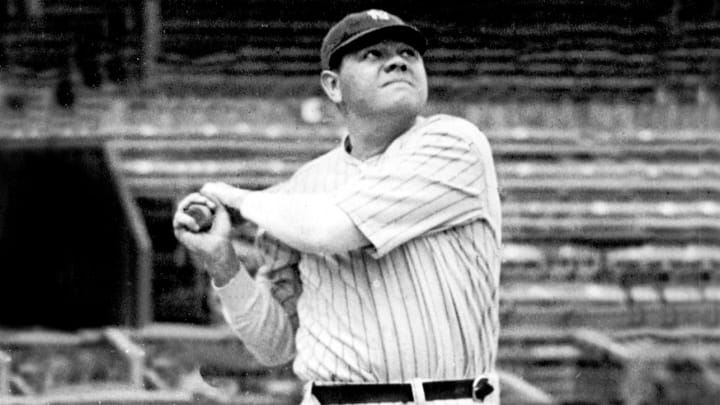
May 24, 1928 isn't a date that's etched into the memories of most baseball fans, but on that date, in the first game of a doubleheader between the Yankees and A's—the American League's top two teams at the time—a dozen future Hall of Famers took the field in front of some 45,000 fans at Shibe Park in Philadelphia. Nobody could have known it at the time—the Hall wasn’t established until 1936—but that record has never been equaled, and that count doesn't even include a few more Hall of Famers along for the ride. Here's a closer look at what transpired.
The (Baker's) Dozen
The Yankees of the 1920s were a powerhouse, winning six pennants and three championships from 1921 to '28 thanks mostly to the strength of the Babe Ruth-Lou Gehrig tandem and their surrounding cast. Their 1927 team, generally considered one of the greatest of all time, went 110–44, setting a single-season AL record for wins and winning percentage (.714) that would stand until the 1954 Indians went 111–43 (.724). New York's 1928 edition featured the same starting lineup as the year before, save for the distribution of playing time at catcher between Pat Collins and Johnny Grabowski, with Benny Bengough and—late in the year—21-year-old future Hall of Famer Bill Dickey also in the mix. As for the A's, they were a team on the rise, with three second-place finishes from 1925 to '28 before winning three straight pennants and two championships of their own from 1929 to '31.
The lineups for the May 24 opener featured “only” eight of the 12 Hall of Famers in question (denoted by asterisks):
YANKEES | Position | ATHLETICS | Position |
|---|---|---|---|
Earle Combs* | CF | Max Bishop | 2B |
Leo Durocher | SS | Ty Cobb* | RF |
Babe Ruth* | LF | Tris Speaker* | CF |
Lou Gehrig* | 1B | Joe Hauser | 1B |
Bob Meusel | RF | Mickey Cochrane* | C |
Tony Lazzeri* | 2B | Walt French | LF |
Joe Dugan | 3B | Sammy Hale | 3B |
Pat Collins | C | Joe Boley | SS |
Al Shealy | P | Lefty Grove* | P |
Ruth and Gehrig you know about; the Sultan of Swat and the Iron Horse are two of the most storied players of all time, and both rank first at their regular positions in WAR and JAWS. Note that on this afternoon, Ruth was playing leftfield (where he made 1,048 career starts) instead of right (1,132 career starts); at this point in his career, his position was determined by the geographic orientation of the park so as to avoid the sun field. He was part of the Hall’s five-man inaugural class in 1936, while Gehrig was added via a special election in 1939, after being forced into retirement by amyotrophic lateral sclerosis, the disease that killed him in 1941.
Combs, a teetotaling gentleman who stood in contrast to his more rowdy teammates, played just 12 years in the majors (1924 to '35), all with the Yankees. He holds the record for the highest slugging percentage of any leadoff hitter with 5,000 plate appearances in that spot (.465) and was elected by the Veterans Committee in 1970, at a time when VC member and Hall of Fame second baseman Frankie Frisch was littering the institution with inferior choices whose stats were inflated by the high-offense era during their short careers (I have a whole chapter on this in The Cooperstown Casebook, my forthcoming book about the Hall of Fame); Combs is 37th in JAWS among centerfielders. Lazzeri was elected by the VC in 1991, making him the last player from the overrepresented 1920s and '30s to be enshrined. A slugging second baseman, he wasn't as bad a choice as Combs, and he now ranks 24th among second basemen in JAWS.
Jason Heyward on his hitting struggles and how a yoga instructor is helping him find his way
The count of 12 future Hall of Famers does not include the light-hitting Durocher, who after his 17-year major league career found far greater success as a manager, winning three pennants and a World Series championship and posting a career .540 winning percentage while managing the Dodgers, Giants, Cubs and Astros. Alas, in 1928, Leo the Lip was merely a 22-year-old rookie scrambling for playing time behind Lazzeri and regular shortstop Mark Koenig. Not in the lineup but coming out of the bullpen later in the game was future Hall of Famer Waite Hoyt, who would go set a career high with 23 wins that year while also leading the AL with eight saves. Ranked 122nd among starting pitchers in JAWS, with the fourth-lowest peak score of any enshrined hurler, he was another less-than-stellar choice by the Frisch-led VC in 1969—which Hoyt himself joined in 1971 and helped pollute by adding four former teammates.
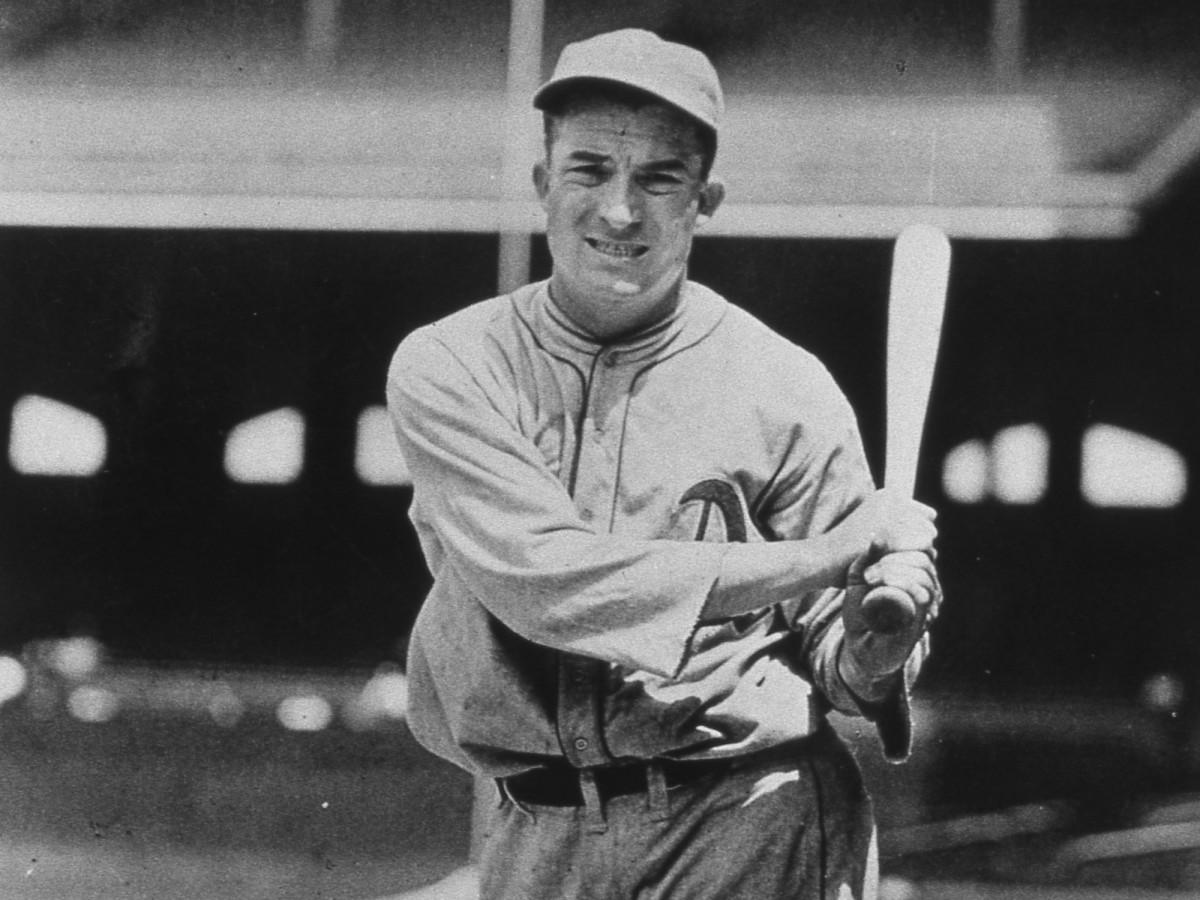
On the A's side, the 41-year-old Cobb and the 40-year-old Speaker were near the ends of their storied careers and far from the cities where they had carved out their niches. Their arrivals in Philadelphia were linked. At the end of the 1926 season, both were pressured by AL president Ban Johnson into resigning as managers (of the Tigers and the Indians, respectively) after disgruntled former Detroit pitcher Dutch Leonard—whom Cobb had released in 1925—alleged that the two, along with Cleveland outfielder Smokey Joe Wood had colluded to fix a Tigers-Indians game in 1919, the same year as the infamous World Series fix. Both star centerfielders denied wrongdoing, and while Johnson tried to ban them from ever playing in the AL again, commissioner Kenesaw Mountain Landis exonerated them. That spurred Cobb (whose major league career had begun in 1905) to come out of retirement and join the A's as their rightfielder. Speaker, who had starred with the Red Sox (1907 to '15) and Indians (1916 to '26) joined Philadelphia after a strong season with the Washington Senators. Both played regularly early in 1928, but bruised ribs from a hit-by-pitch relegated Cobb to pinch-hitting after late July. Speaker played sparingly after early June, and both hung up their spikes for good at the end of the year. Cobb was part of the Hall's inaugural class in 1936, outpolling even Ruth (98.2% to 95.1%), while Speaker was elected the following year.
Forget velocity, the curveball's resurgence is changing modern pitching
Cochrane was 25 at the time, in his fourth season. He hit .293/.395/.464 with 10 homers that year and won the first of two AL MVP awards. Traded to the Tigers in December 1933, he took over as manager and led them to back-to-back pennants and the 1935 World Series win over the Cubs; he was the MVP in the former year as well. A near-fatal beaning ended his playing career in 1937, but until Mike Piazza came along, he owned the highest OPS+ by a catcher with at least 5,000 PA (129) and now ranks eighth at the position in JAWS. The 28-year-old Grove was in his fourth major league season as well, in the midst of leading the AL in strikeouts for seven straight years. He stands as the top southpaw in WAR and JAWS (eighth all-time in the latter) and the top pitcher of either hand in ERA+ at the 3,000-inning cutoff (148). Both players were elected by the BBWAA in 1947.
Three more Hall of Famers came off the bench as pinch hitters for the A’s, 41-year-old Eddie Collins, 26-year-old Al Simmons and 20-year-old Jimmie Foxx. Collins, who began his career in Philadelphia as a 19-year-old in 1906, had been part of the legendary "$100,000 Infield" that led the A's to four pennants and three titles from 1910 to '14 before being broken up by manager/owner Connie Mack. He went on to star for the White Sox (he was one of the clean players on the 1919 squad) before returning to Philadelphia as a part-timer in 1927. He finished his career with 3,315 hits; alongside Cobb and Speaker, that gave these A's three of the six members of the 3,000 Hit Club to that point. Collins played sporadically until 1930 and was elected to the Hall in ’39. Simmons, whose .392 batting average had been second in the league in 1927, was sidelined by rheumatoid arthritis in both ankles to star the year and had made just one pinch-hitting appearance two days prior to this game. He went on to win batting titles in 1930 and '31, finished his career with 2,927 hits, ranks seventh in JAWS among leftfielders and was elected in 1953.
Foxx, who had debuted as a 17-year-old catcher in 1925, was splitting his time between third base, first base and catching by 1928. He hit 13 homers that year, his first time reaching double digits. By the end of his career, which trickled to 1945, "Double X" would clout 534 homers, more than any player besides Ruth to that point. A three-time AL MVP who ranks third in JAWS among first basemen behind Gehrig and Albert Pujols, he was elected by the writers in 1951. Thus, this game featured what once ranked as four of the top five home run hitters, with Ruth (714), Gehrig (493) and Simmons (307). The only missing player was New York Giants legend Mel Ott (512).
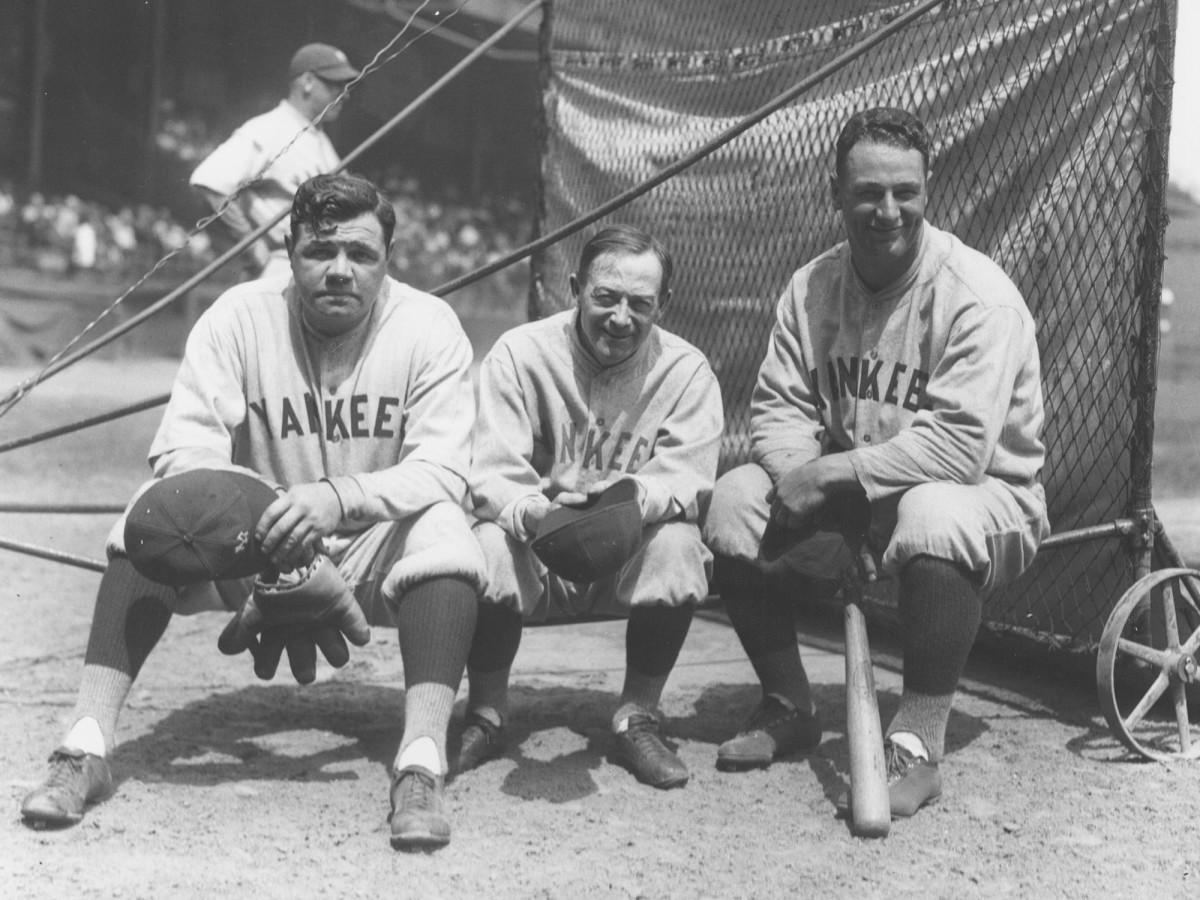
But wait, there's more!
Not included in the count of 12 Hall of Famers are the two managers, Mack and Miller Huggins, two hurlers who didn't throw that day (the Yankees' Herb Pennock and Stan Coveleski did) and umpire Tom Connolly. Mack, who also owned the team, managed them for an astounding 50 years (1901 to '50) and won nine pennants and five championships. Including his parts of three seasons as the Pirates' player/manager, he holds the all-time records for wins (3,731), losses (3,948) and games (3,731). He was elected to the Hall by the Centennial Committee in 1937. Huggins managed the Yankees to a .597 winning percentage from 1918 to '29, having helmed the Cardinals for five years prior to that, the first four while still a player himself. After battling all kinds of health problems beyond the daily headaches caused by Ruth, he died at 51 after contracting a fatal bacterial skin infection near the end of the 1929 season. The VC elected him in 1964.
Coveleski, a spitballer who starred with the Indians from 1916 to '24, was in the final season of his career. Ranked 54th in JAWS, he was largely ignored by BBWAA voters but benefited greatly from being featured in The Glory of Their Times, a 1966 oral history of the dead-ball era by Lawrence Ritter that's considered one of the great baseball books of all time. He was elected by the VC in 1969. Pennock, who had gotten his career started with the A's as a teenager in 1912, was a staffmate of Ruth's in Boston before being traded to the Yankees in 1923. He was elected by the BBWAA in 1948, four weeks after dying of a stroke, though he ranks just 145th in JAWS. Connelly, who umpired from 1898 to 1931 and supervised the men in blue from '31 to '54, was an umpire in the first World Series in 1903 and joined Bill Klem as the first umpires elected to the Hall in 1953. McGowan, who umpired in the AL from 1925 until his death in '54, was credited with introducing attention-getting, flamboyant gestures to the role and was elected in 1992.
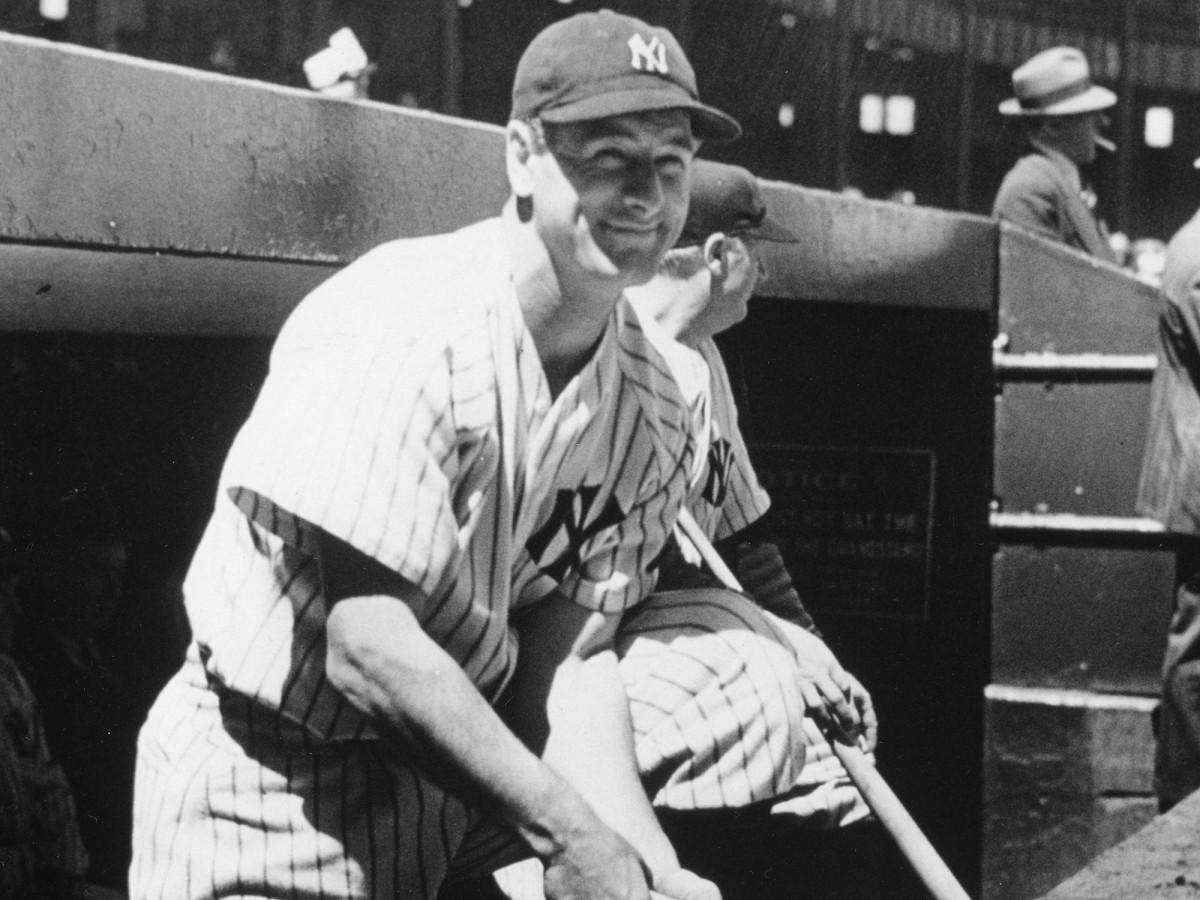
The game itself
The Philadelphia Inquirer called the crowd of 42,000 "the largest baseball population ever recorded in Philadelphia history." The New York Times estimated a total 45,000 "raving rooters" including those who swarmed over the rightfield fence and noted that the gates were locked long before the game's start. "The fans were so packed in the aisles that they completely cut off all circulation of hot-dog salesmen. The fans perched in the rafters like blackbirds in a cherry tree," wrote the Times' Richards Vidmer.
Alas, no full play-by-play account of the game exists. The Yankees struck first, scoring a pair of third-inning runs thanks in part to a pop fly that Boley lost in the sun. The A's countered with runs in the fourth and fifth, and both teams scored in the sixth. The Yankees plated three in the seventh against Grove, who didn't have it that day, but the A's countered with runs in the seventh—via Simmons' pinch-single—and eighth against Sheely, who gave way to Wilcy Moore with one out in the eighth. The Yankees carried a 6–5 lead into the ninth, and broke the game open on Lazzeri's bases-loaded triple off reliever Howard Ehmke, adding to the three runs "Poosh 'Em Up Tony" had driven in earlier with a pair of singles.
The A's mounted a rally in the bottom of the ninth, however. Cochrane singled and leftfielder Mule Haas walked (Simmons had exited for a pinch-runner Ossie Orwoll, the nightcap's starting pitcher). Cochrane scored on a wild pitch but Hale struck out. After Moore fell behind shortstop Jimmie Dykes (who had entered the game after Collins pinch-hit for Boley) via a two-ball count, Huggins summoned Hoyt, who finished walking Dykes and walked pinch-hitter Bing Miller to load the bases. Bishop hit a shot down the first base line, but Gehrig snared it to make the putout as Haas scored. With runners on second and third, Cobb, who had already notched three hits on the day including a pair of doubles, hit a bullet comebacker that Hoyt stopped with his bare hand, retrieved and threw to first in time to get the final out to preserve a 9–7 win.
Combs and Lazzeri paced the Yankees' attack with three hits apiece; Gehrig went 1-for-5 with two runs scored and an RBI, while Ruth went 1-for-4 with a pair of RBIs. Cochrane, Bishop and Speaker all had two hits apiece, with Cochrane and Bishop both hitting triples. Though Ruth hit his 14th homer of the year in the nightcap and Lazzeri added his first, the A's won 5–2 behind Speaker's three RBIs and Orwoll's six-hit complete game. The day ended with the Yankees (27–7) 3 1/2 up on the A's (22–9). New York would win the remaining four games of the series, including a doubleheader the next day, and take 16 of the 22 head-to-head matchups between the two teams—more than enough to account for the difference between the two clubs at the end of the year. The A's went 98–55, finishing 2 1/2 behind the Yankees (101–53), who went on to sweep the Cardinals in the World Series.
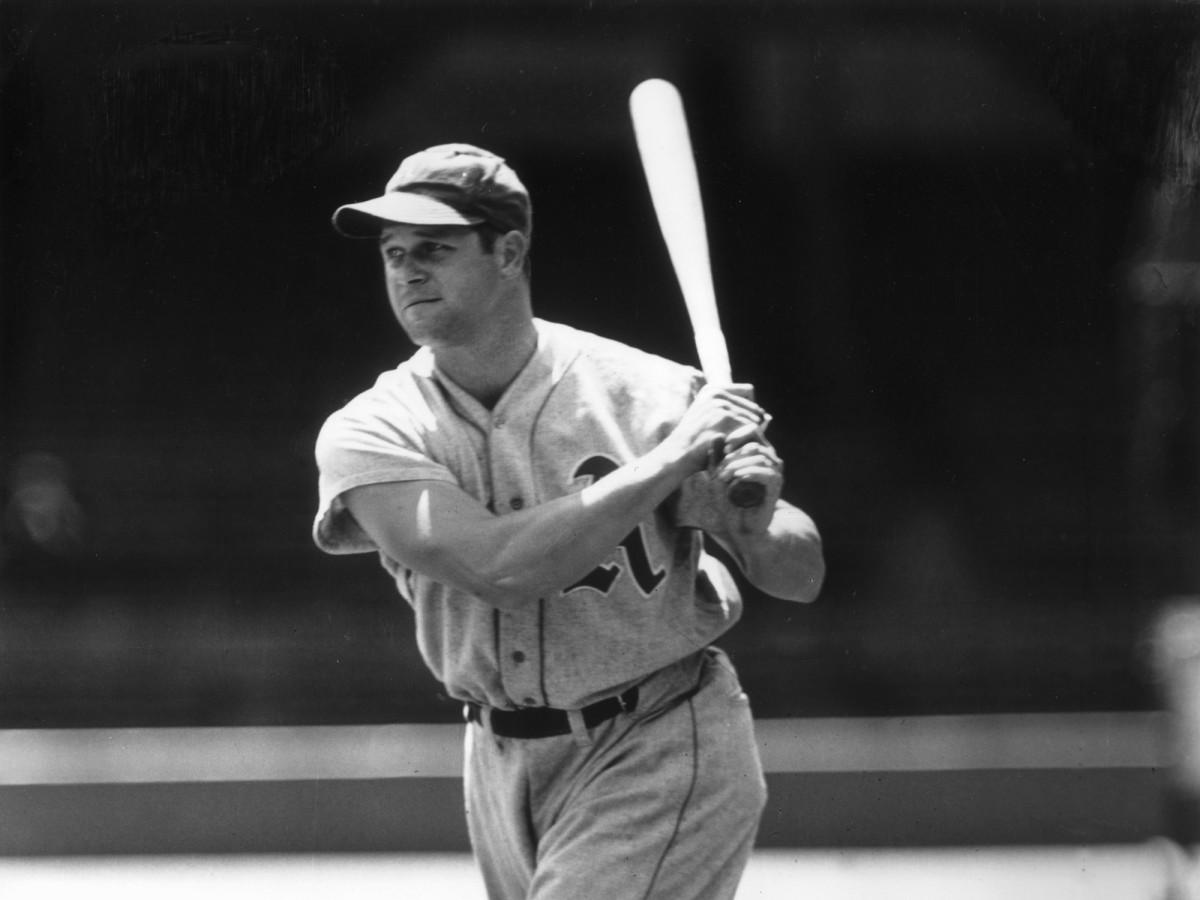
"The Mostest"
Including Dickey, who debuted on Aug. 15, 1928, that year's Yankees produced featured eight future Hall of Famers, but that's not the record. The 1930 to '33 Yankees featured nine; Coveleski was gone but pitchers Lefty Gomez and Red Ruffing arrived in 1930, the former from the minors and the latter via yet another trade with the Red Sox. Hoyt was traded to the Tigers in May 1930, while Joe Sewell, who was released by the Indians in January 1931, joined the Yankees within days.
The 1934 Yankees also featured eight Hall of Famers (Sewell and Pennock were gone but Burleigh Grimes had arrived). The 1927 and '28 A's are among 11 squads that featured seven Hall of Famers, with the 1923 to '27 and '29 Giants, the ’29 Yankees, ’33 Cardinals and ’34 Pirates also doing so. The post-1960 expansion record is six, shared by the 1964 and '65 Giants, who featured Orlando Cepeda, Juan Marichal, Willie Mays, Willie McCovey and Gaylord Perry in both seasons, with Warren Spahn in '64 and Duke Snider in '65 making the final stops of their major league careers.
Modern (post-expansion) high total game
Call this an unofficial total, because the Baseball-Reference.com Play Index can only do so much of the heavy lifting, but the most Hall of Fame players I could find in a single game from the post-expansion era is eight, which happened on several occasions in the 1960s National League in games involving the Giants, Braves and Cubs. An Aug. 30, 1964 slugfest between the Giants and Braves stands out because it included Cepeda, Mays, McCovey, Perry (out of the bullpen) and Snider (pinch-hitting) for San Francisco and Hank Aaron, Eddie Mathews and Spahn (also out of the bullpen), with Joe Torre (elected to the Hall as a manager) also participating. The first reader who can up the ante by finding a post-1960 game with nine Hall players wins a signed copy of the Casebook once it’s published in July. Tweet your answer (with a link to the B-Ref box score) to @jay_jaffe.
